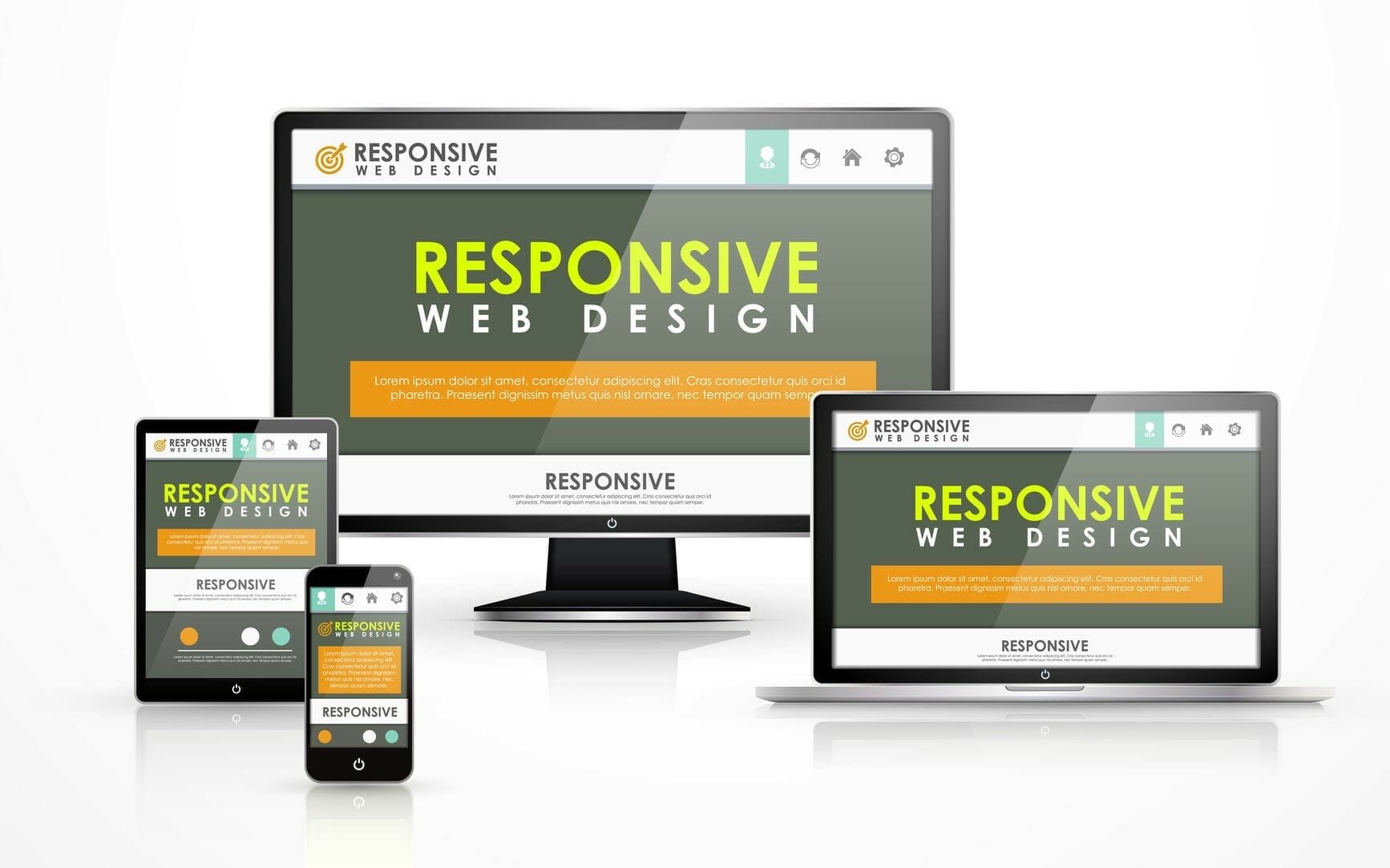
But what stuck in my craw was something else they wrote about why they have a separation of tablet UI versus phone UI: On the face, it seems like a reasonable enough argument. Responsive design can help you hide, show, resize, and reformat UI for screens of varying size, but it is less suited for presenting completely different modes of usability on different form factors. Responsive design is great for creating mobile sites, but it’s not as useful for creating mobile apps. They wrote about their thoughts on responsive design back in September:

When it comes to Kendo UI, we know what the developers are thinking.

But there is still a separation between the mobile/tablet UIs of jQuery Mobile and the desktop widgets of jQuery UI. jQuery Mobile, for example, is designed to be responsive. I know within these frameworks, that portions are responsive. They look and behave differently.īut does that make sense? Is that where things will head in the long run? There are widgets for desktop web development and widgets for mobile. The pattern seems clear at least from a framework perspective. Dojo desktop “Dijit” widget library and Dojo Mobile.The same is true of nearly every framework that I could find: Kendo UI follows a pattern that I see for many of these frameworks: there are desktop widgets and mobile widgets. This framework has been deprecated in favor of Kendo UI. In this case, the client was using a JavaScript UI framework from Telerik. The question they asked is one that I’ve seen others argue about in the past: does responsive design make sense for apps? A few months ago I was tasked with finding a good solution for a client who wanted to move to responsive design, but had a web app that they needed to support as well.


 0 kommentar(er)
0 kommentar(er)
